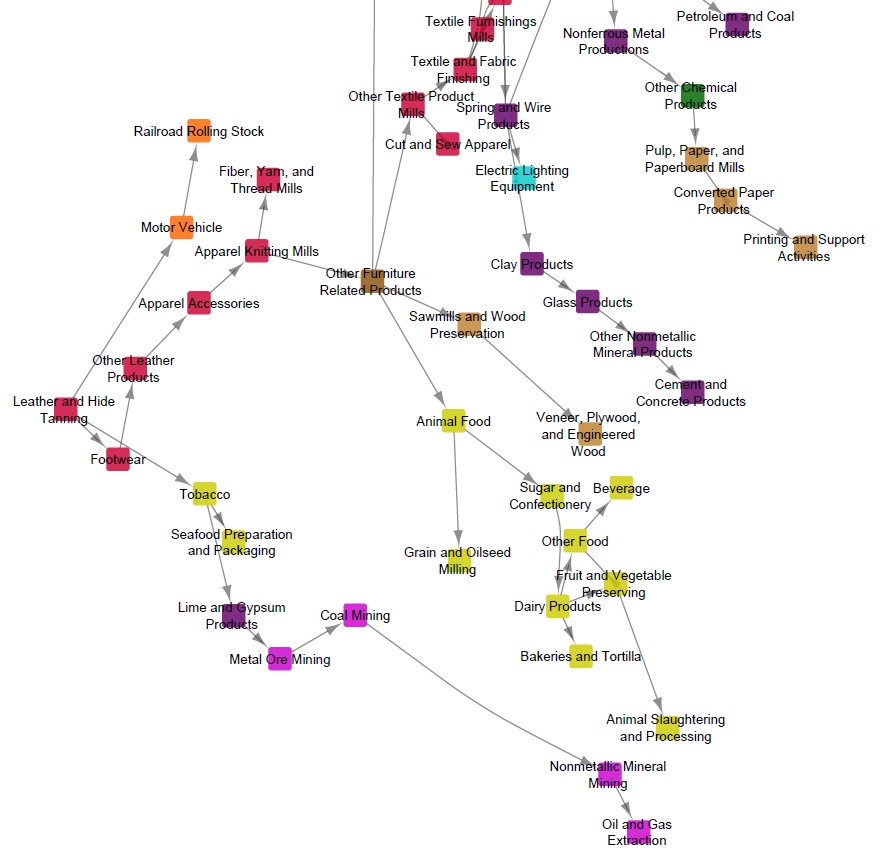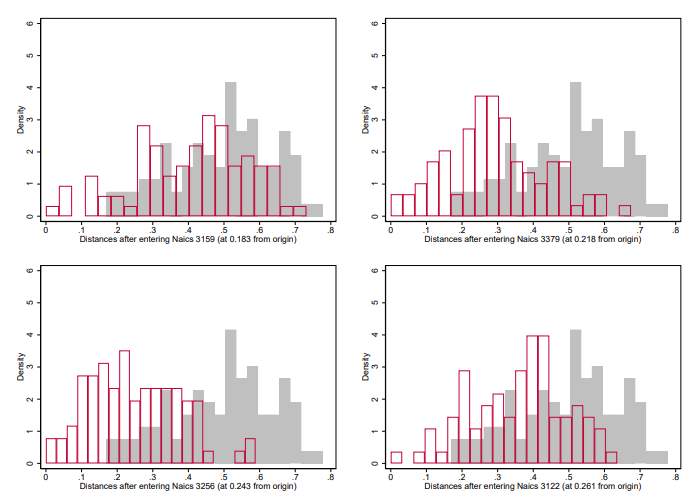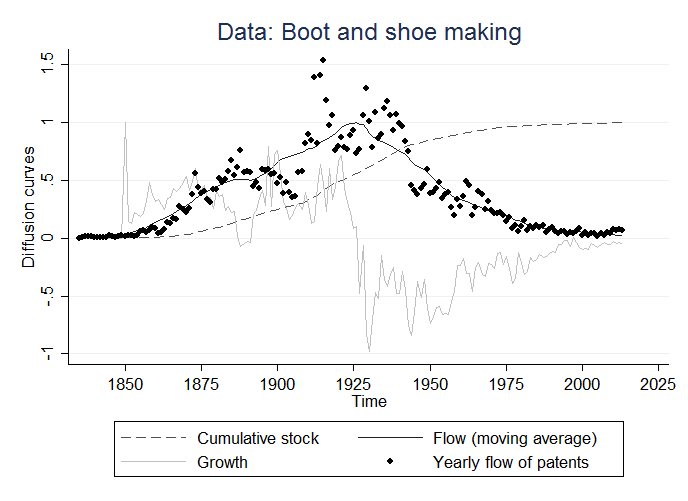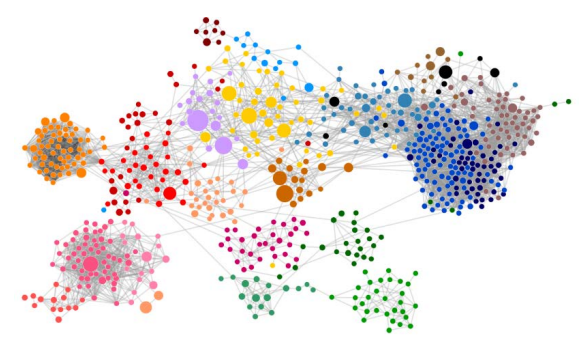Ulrich Schetter, Dario Diodato, Eric Protzer, Frank Neffke, Ricardo Hausmann (2024); Papers in Evolutionary Economic Geography #24.19
Economic complexity analysis has shown that one can predict the diversification of countries (or regions) into new activities. This is thanks to an empirical tool known as the product space, which infers the similarity of activities from output patterns. While these methods are underpinned by a theory of capabilities, economic complexity is grounded in outcome-based metrics and remains — using a metaphor from biology — phenotypic in nature. In this paper we show how to conduct economic complexity analysis directly on capabilities, by interpreting input requirements of industries as genetic code. We exploit our framework to empirically (i) build a genotypic product space, (ii) to infer countries’ capabilities, and (iii) measure the capabilities that a country is missing for diversifying into a given industry. We then discuss the many advantages of this framework in terms of understanding the development process and of designing policies.







